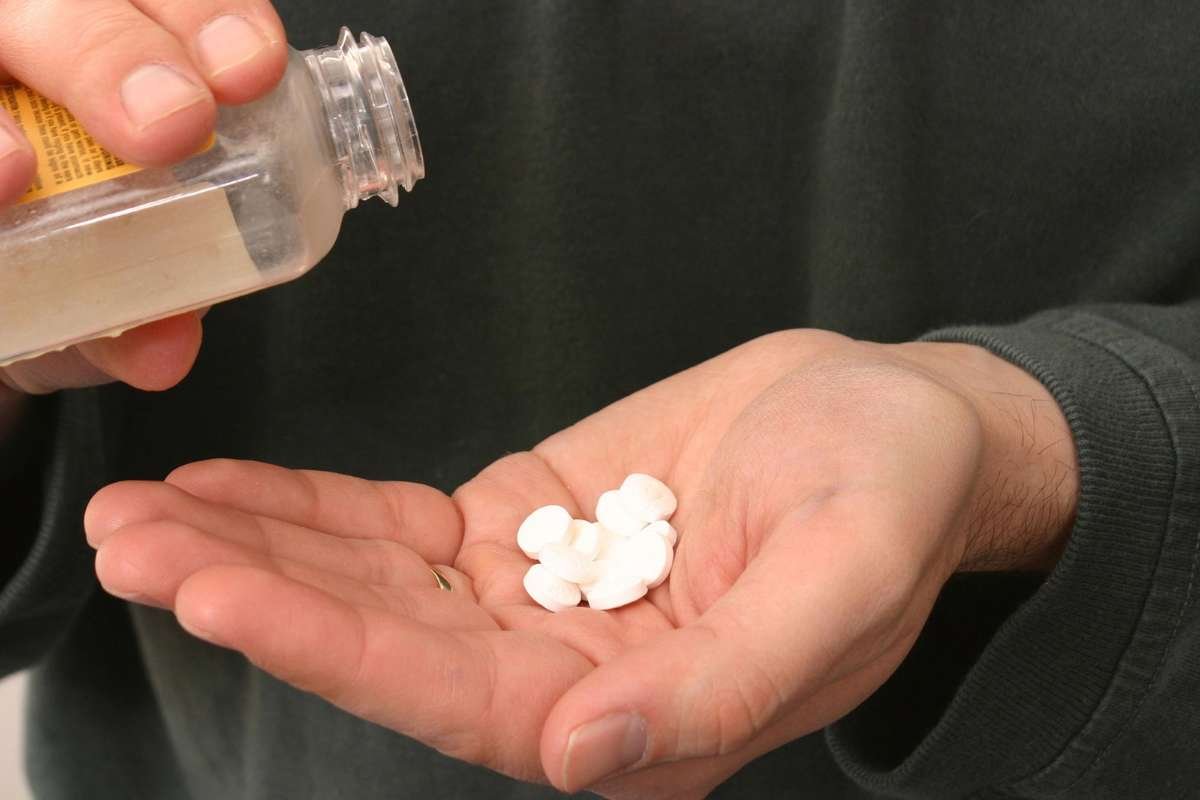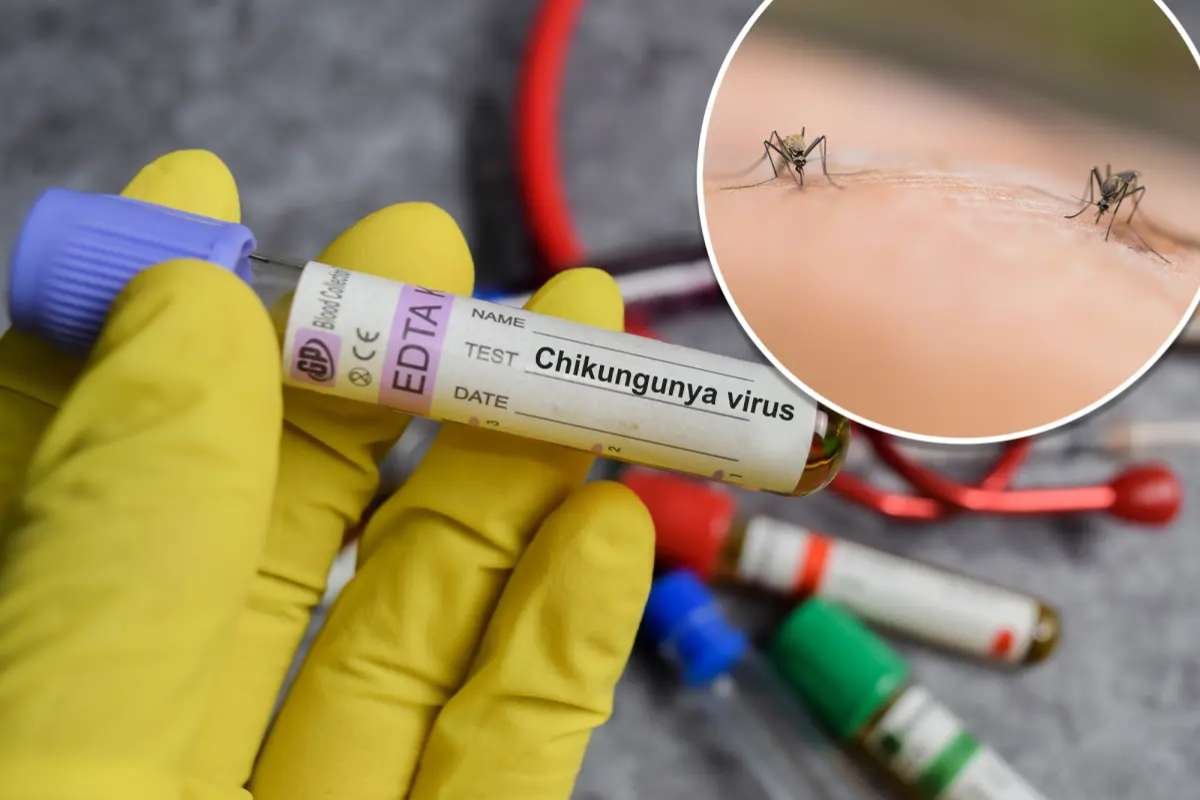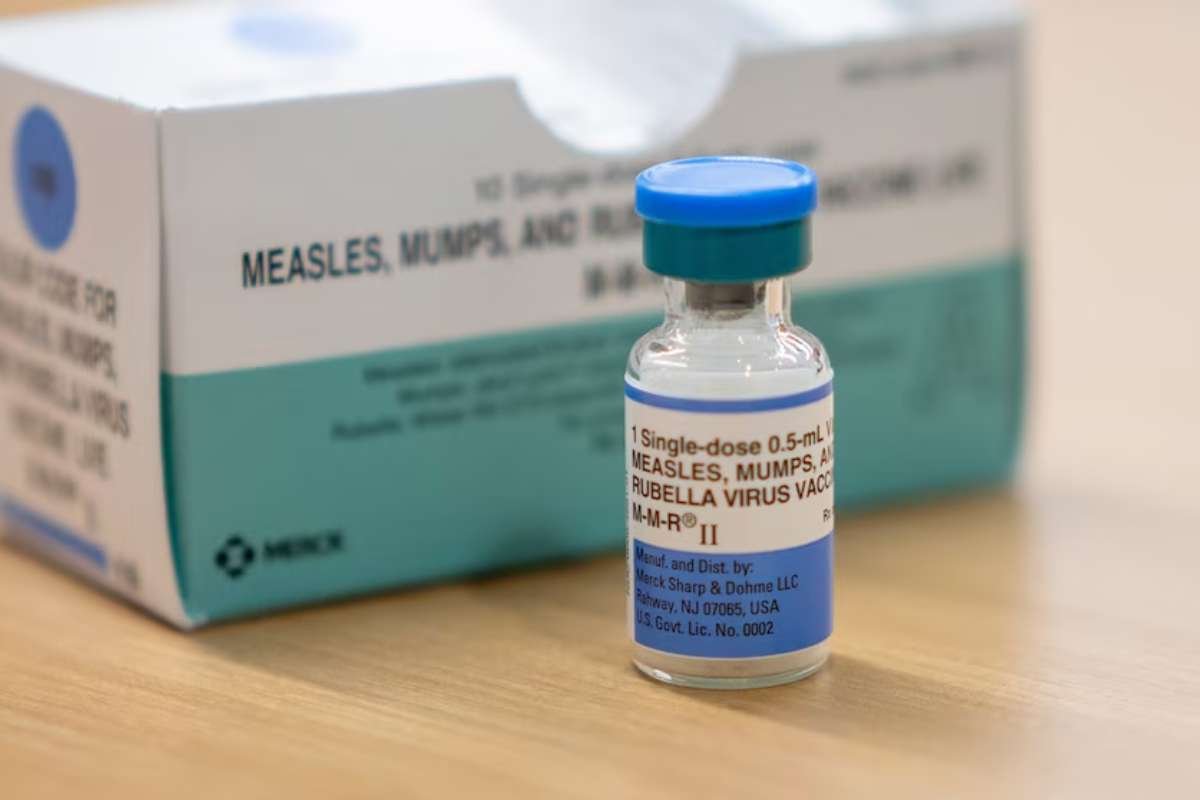The U.S. approval of KarXT (Cobenfy) in September marked a pivotal moment in psychiatric medicine, introducing the first schizophrenia drug in decades with an innovative mechanism of action. Unlike traditional drugs that dampen dopamine activity to alleviate hallucinations and delusions, KarXT targets muscarinic receptors, promising both antipsychotic and cognitive benefits. This breakthrough has sparked enthusiasm among researchers, with Jeffrey Conn, pharmacologist and KarXT co-founder, describing it as an unprecedented development in his career.
Arthur Christopoulos, a molecular pharmacologist involved in KarXT’s creation, highlights the resurgence of interest in muscarinic drugs. Yet, progress in this field remains challenging. On November 11, Abbvie reported disappointing trial results for emraclidine, a muscarinic drug for schizophrenia. While setbacks like these underscore the complexity of drug development, Christopoulos maintains cautious optimism, emphasizing that it is still early days for muscarinic therapies.
Challenges in Drug Development
KarXT’s journey has been far from smooth. Xanomeline, one of its active ingredients, showed promise in the 1990s for Alzheimer’s-related psychosis but was abandoned due to severe side effects, including nausea and vomiting. In 2009, Karuna Therapeutics revived the compound by pairing it with trospium, which mitigates side effects by blocking muscarinic receptors outside the brain. This combination proved effective in clinical trials, offering both antipsychotic and cognitive improvements with manageable side effects.
The drug acts on the M1 and M4 muscarinic receptors, with M4 linked to antipsychotic effects and M1 to cognition. Researchers aim to refine this approach, focusing on selective targeting and minimizing unintended effects through innovative methods like allosteric modulators.
Expanding Horizons in Treatment
Beyond schizophrenia, KarXT is being evaluated for Alzheimer’s-related psychosis and bipolar disorder, with potential implications for cognitive decline and neurodegeneration. Pharmaceutical giant Bristol Myers Squibb is leading trials to explore its broader applications. While questions remain about optimizing receptor targeting, the success of KarXT offers hope for a transformative era in psychiatry, with muscarinic drugs potentially addressing unmet needs in Alzheimer’s, addiction, and beyond.
News 2: The Healthcare Companion Market Presents New Opportunities in Robotics
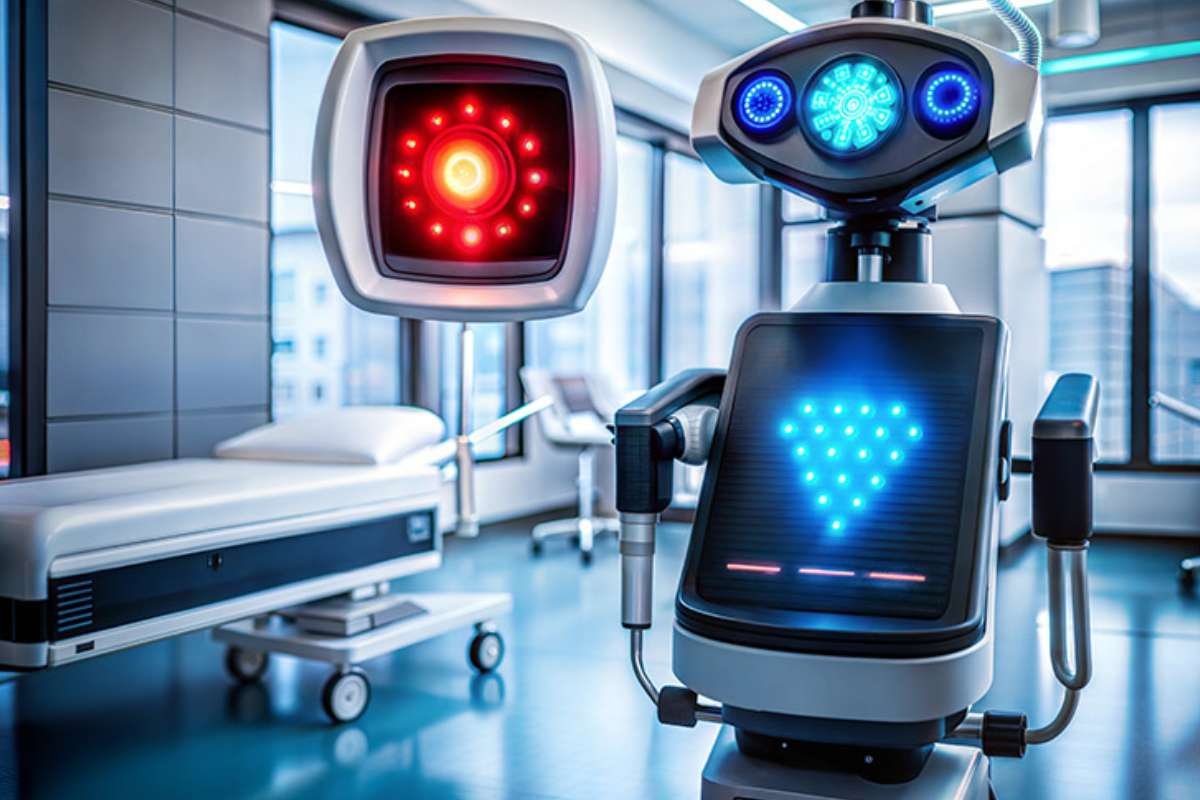
A Historical Leap to Modern-Day Demand
The integration of robotics into healthcare began as early as 1985 when the PUMA 560 robot conducted a groundbreaking stereotactic brain biopsy with an accuracy of 0.05 mm. Since then, robots have steadily evolved, performing critical tasks across hospitals. The COVID-19 pandemic significantly accelerated demand for healthcare robots, with Research Nester reporting a 36.5% increase in medical robot deployment, reaching 6,100 units in 2023. Sales of rehabilitation and non-invasive therapy robots surged by 128%, highlighting their role as essential companions for healthcare staff. As the market booms with opportunity, companies are eager to invest in this growing sector.
Applications Transforming Healthcare Operations
Robots have diversified their roles in healthcare, handling tasks ranging from surgical assistance to patient care. Surgical robots, such as Intuitive Surgical’s da Vinci systems, have facilitated over 12 million procedures globally, including colorectal surgery and kidney transplantation. In logistics, robots like Unlimited Robotics’ Gary optimize hospital operations, cutting wait times for deliveries by up to 30% and saving up to 180 staff hours daily. Robots also contribute to infection control, with ultraviolet disinfection systems enhancing sanitation in healthcare facilities. Meanwhile, elder-care robots like PARO and ElliQ provide emotional support, aid mobility, and assist with daily activities for older adults, particularly those with dementia.
Future Outlook and Market Expansion
The healthcare robotics market is poised for exponential growth. Companion robots alone are projected to reach a market value of $11 billion by 2037, driven by rising demand for elderly care and home assistance. Companies like Aeolus Robotics and UBTECH are leading innovations in this space. However, high production costs and privacy concerns remain challenges. North America is expected to see the fastest growth, with humanoid robots like Aethon’s Zena RX revolutionizing hospital logistics. As robotics continue to reshape healthcare, their role as indispensable companions for both patients and staff will only expand.
News 3: Amprion’s Groundbreaking Synuclein Seed Amplification Assay Improves Diagnosis of Multiple System Atrophy
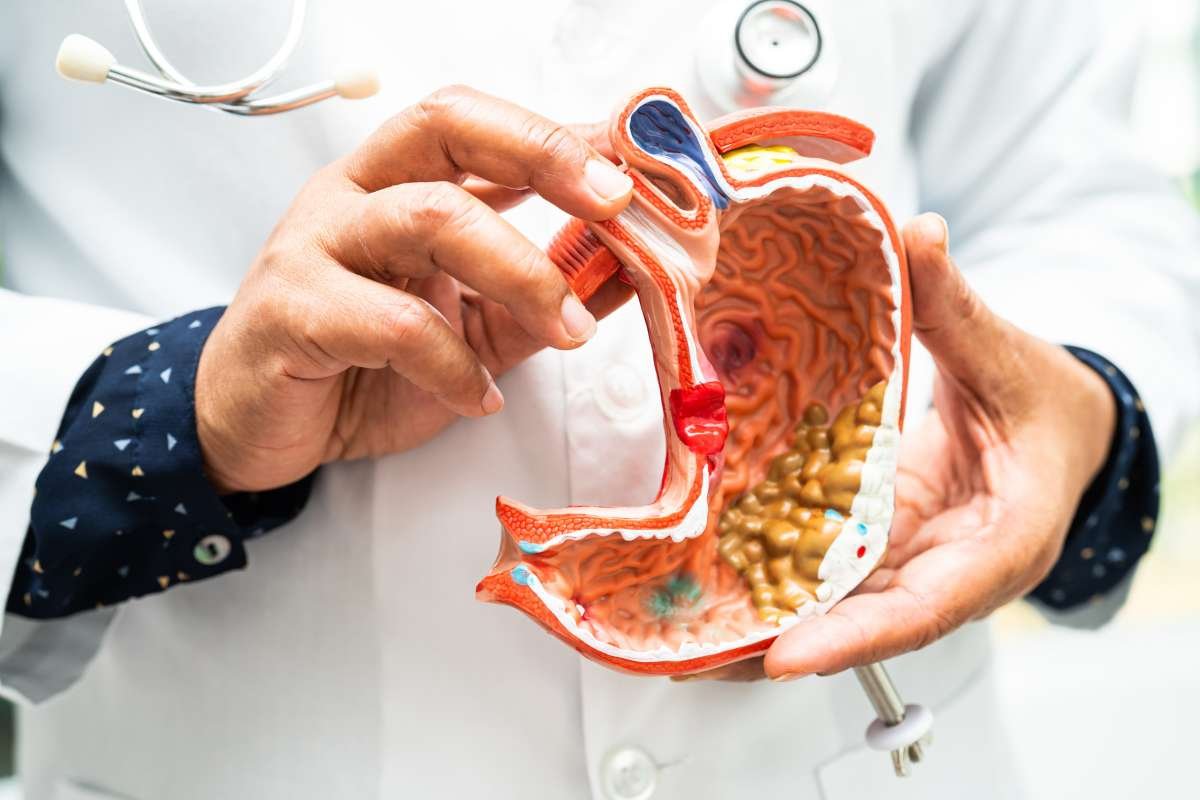
Breakthrough Study Published in The Lancet Neurology
Amprion, a leader in advancing neurodegenerative disorder diagnostics, has published a groundbreaking paper in The Lancet Neurology. The study showcases the synuclein seed amplification assay (synSAA), a diagnostic tool capable of differentiating between Type 1 and Type 2 synuclein seeds. This innovation is critical in addressing the diagnostic challenges of multiple system atrophy (MSA), a fatal neurodegenerative disorder often misdiagnosed as Parkinson’s disease (PD) or dementia with Lewy bodies (DLB), leading to delayed treatment and clinical trial access.
Improving Accuracy in Diagnosing MSA
Diagnosing MSA has been a long-standing challenge due to symptom overlap with other neurodegenerative diseases. Previous synSAA results showed inconsistent findings, but Amprion’s new study offers a significant breakthrough by consistently distinguishing MSA from other synucleinopathies. The study employs fluorescence-based classification of synuclein seeds, with Type 1 seeds linked to PD and DLB showing high fluorescence, while Type 2 seeds associated with MSA display intermediate fluorescence. Conducted at seven medical institutions across four countries, the study achieved 100% agreement with pathology-confirmed brain tissue and cerebrospinal fluid (CSF) samples.
Path Forward for Commercial Use
The study’s promising results signal a major step forward in patient stratification, differential diagnosis, and early detection of MSA. Luis Concha, Head of R&D at Amprion, emphasized that synSAA could differentiate synuclein neuropathology in live patients via CSF testing. The company is now focused on scaling the assay for commercial use, with a launch expected in the second half of 2025. CEO Russell Lebovitz highlights the potential for synSAA to reduce diagnostic delays and improve clinical trial outcomes by providing clearer patient stratification.
News 4: Xcell Therapeutics Expands into Diagnostics Market with EXODUS Device

Xcell Therapeutics’ Strategic Partnership with Gencurix
Xcell Therapeutics is broadening its business portfolio by entering the diagnostics market with its exosome isolation and purification device, “EXODUS.” The company recently signed a joint development agreement with Gencurix, a molecular diagnostics firm, to create exosome-based diagnostic products. This move is aimed at leveraging the capabilities of EXODUS in the rapidly growing diagnostics field.
EXODUS: An Advanced Exosome Isolation Device
The EXODUS device, based on exosome separation technology developed by Professor Luke P. Lee at Harvard Medical School, offers a more efficient and purer method for isolating exosomes compared to traditional techniques. Xcell Therapeutics holds exclusive domestic sales rights for this innovative device. With the introduction of the EXODUS H-600 model last year and the GMP-grade, high-capacity T-2800 model in September, EXODUS promises to revolutionize the exosome separation process, making it faster and more cost-effective.
Future Prospects in Early Diagnosis
Under the new agreement, Xcell Therapeutics will grant commercialization rights to EXODUS, while Gencurix will focus on discovering exosome-derived biomarkers and developing diagnostic products. As part of the partnership, Xcell will invest 900 million won ($645,577) in Gencurix to support ongoing research and business expansion both domestically and internationally. CEO Lee Yi-il emphasized that this collaboration will allow EXODUS to transition from therapeutic and cosmetic applications to early disease diagnosis, particularly for conditions such as Alzheimer’s and dementia, leveraging exosomes as potential biomarkers for early detection.



